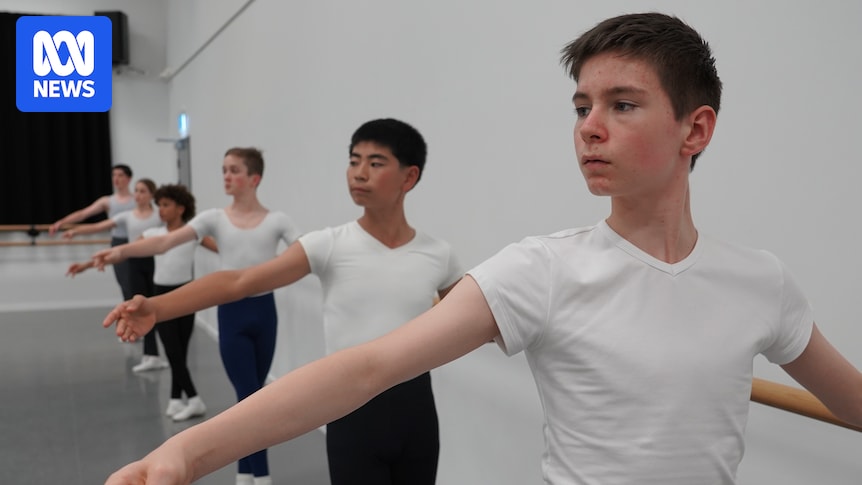
Boys in Queensland are discovering an unconventional path to building strength and flexibility, not through traditional sports like rugby or soccer, but through ballet. The Queensland Ballet Academy is spearheading this movement by offering free boys-only ballet classes. According to Christian Tàtchev, the academy’s director, the initiative aims to reshape perceptions and create a supportive environment for young male dancers.
“I think we’re still seen as men in tights running around after a swan or another spiritual creature, which is really not the case anymore,” Tàtchev explained. “The industry has changed, it’s evolved. Dancers are much more dynamic, athletic. We’re seen as elite athletes now.”
Breaking Stereotypes and Building Community
The academy’s boys-only classes are designed to foster a sense of community and inclusion. “We wanted to create an environment where they felt safe, they felt included, they felt supported and to create their own community,” Tàtchev said. The program not only aims to attract more boys to ballet but also to help them develop skills that are transferable to other sports and activities.
Some boys use the classes as supplementary training for sports. “We have someone who plays basketball, so they come here to improve their coordination and fitness and flexibility,” Tàtchev noted, while others focus entirely on dance.
A Cultural Shift in Male Ballet
Paul Boyd, a ballet master and choreographer at the academy, has observed a shift in the stigma surrounding male ballet dancers since his early career in the 1960s. “You should never underestimate the power of a male dancer, it’s quite extraordinary,” he said, noting the cultural differences between Australia and other countries where male dancing is more normalized.
“In other countries, male dancing is very normal,” Boyd said. “Greece, Italy, so many different places. But here in Australia we’re very reserved about it, especially about ballet.”
“You get a different energy when you get a whole heap of men or young men in the room with a male teacher,” Boyd added. “And we’ve all been dancers at a principal level, so we know what is needed.”
Personal Journeys and Aspirations
For 12-year-old Lucas Goodridge, ballet was initially a means to improve his hip-hop skills. “My mum said if I wanted to be good at hip hop, I had to do ballet,” he shared. Despite initial reluctance, Lucas found himself drawn to the art form. “I just liked it and I kept going back, over and over again, and I just started to really like it and here we are now.”
Lucas travels from the Sunshine Coast to Brisbane for his classes, appreciating the social aspect and the focus on male techniques. “It’s more social and you don’t feel like you’re singled out because you’re with people that are like you,” he said. “There’s a male teacher, and you do more male technique and less floaty arms, and more jumps and strength, which is really good.”
Similarly, 13-year-old Alfred Grant expressed relief at dancing with other boys for the first time. “In my old town [north of Melbourne] I was the only boy in the whole ballet school,” he said. “So it’s been really nice to dance with other boys, so I can learn off them as well.”
Looking Ahead: Long-Term Commitment
The Queensland Ballet Academy is committed to sustaining these classes long-term. “We want to create this community and encourage these young men that one day will be fathers, brothers and friends of others interested in the art form,” Tàtchev stated. “We just need to start somewhere.”
This initiative represents a significant cultural shift, challenging traditional gender roles and promoting ballet as a viable and beneficial pursuit for boys. As more young men join the classes, the academy hopes to continue breaking down barriers and fostering a new generation of male dancers.







